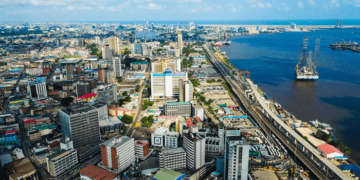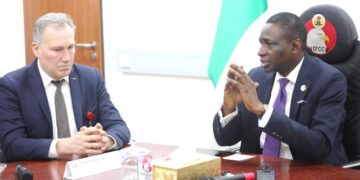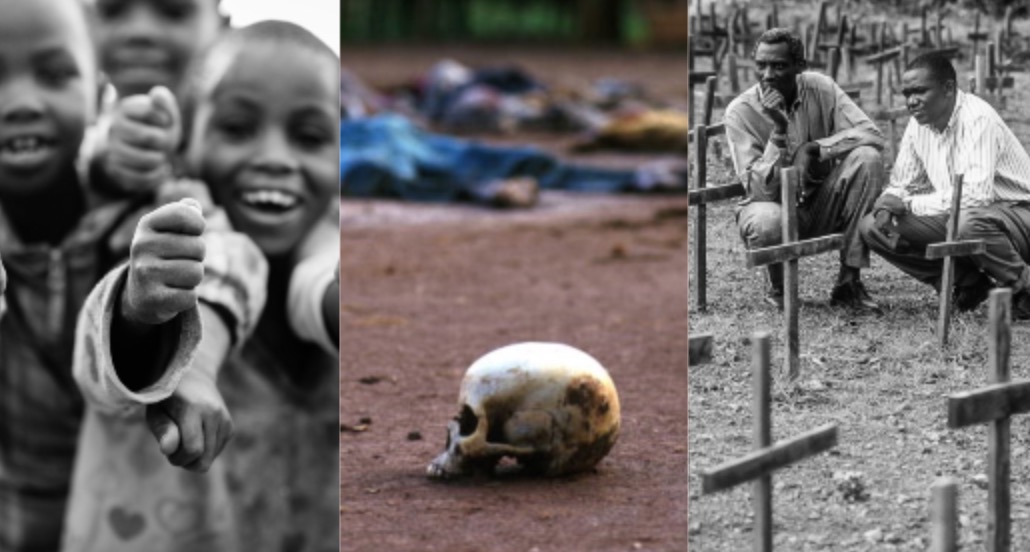Earlier today, Nigerian Twitter was bubbling with Rwanda HONY stories, a lot of ‘tweeters’ took to their keypad to engage themselves with the trending stories from the Rwandan genocide. Many of them wanted to know what really happened, but thankfully, with the help of Bridget Johnson from ThoughtCo, she’s taken out time to share a more detailed explanation as to how it all started and the clash between the Hutu and Tutsi clan.
The Rwandan genocide, also known as the genocide against the Tutsi, was a mass slaughter of Tutsi in Rwanda during the Rwandan Civil War, which had started in 1990. It was directed by members of the Hutu majority government during the 100-day period from 7 April to mid-July 1994. An estimated 500,000 to 1,000,000 Rwandans were killed, constituting an estimated 70% of the Tutsi population.
Additionally, 30% of the Pygmy Batwa were killed. The genocide and widespread slaughter of Rwandans ended after the Tutsi-backed and heavily armed Rwandan Patriotic Front (RPF), led by Paul Kagame, took control of the capital and the country. An estimated 2,000,000 Rwandans, mostly Hutu, were displaced and became refugees.
The genocide was planned by members of the core Hutu political elite, many of whom occupied positions at top levels of the national government. Perpetrators came from the Rwandan army, the Gendarmerie, and government-backed militias including the Interahamwe and Impuzamugambi.
The genocide took place in the context of the Rwandan Civil War, a conflict beginning in 1990 between the Hutu-led government and the Rwandan Patriotic Front (RPF).
Generally, the Hutu-Tutsi strife stems from class warfare, with the Tutsis perceived to have greater wealth and social status (as well as favoring cattle ranching over what is seen as the lower-class farming of the Hutus). The Tutsis are thought to have originally come from Ethiopia and arrived after the Hutu came from Chad.
Burundi, 1972
The seeds of resentment for the minority Tutsis were sown when the first elections after winning independence in May 1965 saw strong Hutu wins, but the king appointed a Tutsi friend prime minister, sparking a failed coup attempt by Hutus. Even though this was quickly quelled in the capital, it set off additional violence between the two ethnicities in the countryside. In addition, Tutsis, which made up about 15 percent of the population to the 80 percent Hutus, occupied other key government and military positions.
On April 27, some Hutu policemen rebelled, killing all Tutsis and Hutus (estimates range from 800 to 1,200 dead) who refused to join the rebellion in the lakeside towns of Rumonge and Nyanza-Lac. The leaders of the rebellion have been described as radicalized Hutu intellectuals who operated out of Tanzania. The Tutsi president, Michel Micombero, responded by declaring martial law and putting the wheels of a Hutu genocide in motion. The first phase virtually wiped out the educated Hutu (by June, nearly 45 percent of teachers were reported missing; students at technical schools were targeted, as well), and by the time the carnage was done in May about 5 percent of the population had been killed: estimates range from 100,000 to up to 300,000 Hutu.






































Discussion about this post